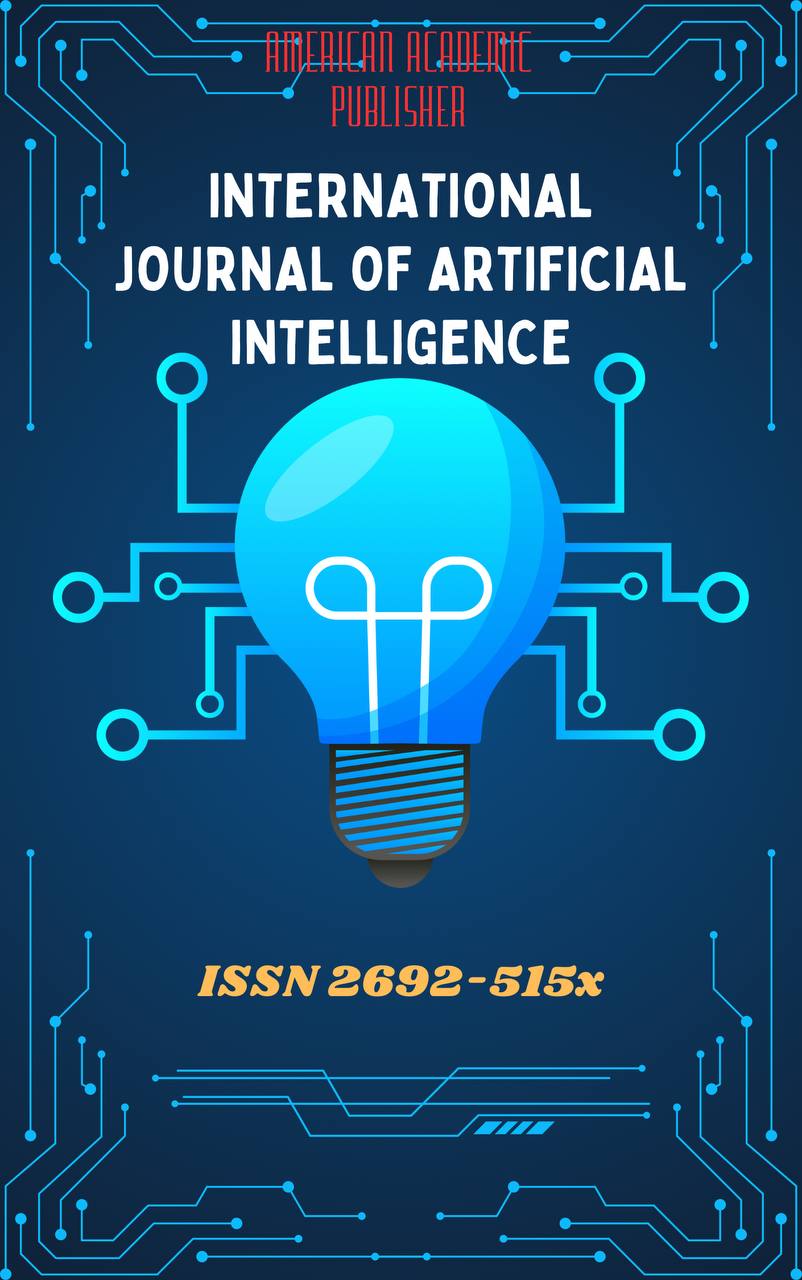 Articles
| Open Access |
Articles
| Open Access | THE IMPACT OF SOCIAL MEDIA ON LANGUAGE VARIATION AND IDENTITY IN DIGITAL COMMUNITIES
Karabayeva Munisa To'lqin kizi , Uzbekistan State World Languages University second year studentAbstract
This study explores the influence of social media on language variation and identity construction within digital communities. With the rise of platforms like Twitter, Instagram, and TikTok, users engage in distinct linguistic practices that reflect both their social affiliations and individual identities. The research examines how these online spaces foster unique language use, including slang, abbreviations, and new linguistic norms, which in turn shape the way individuals perceive themselves and others in virtual interactions. Additionally, it investigates the broader implications of these linguistic shifts on offline communication and social dynamics, shedding light on the evolving relationship between language, identity, and digital culture.
Keywords
Social media, language variation, identity construction, digital communities, linguistic norms, online communication, social dynamics, language and identity.
References
Androutsopoulos, J. (2014). Language change and digital media: A sociolinguistic perspective. In D. Tannen, H. Hamilton, & D. Schiffrin (Eds.), The Handbook of Discourse Analysis (2nd ed., pp. 1079-1099). Wiley-Blackwell.
Bucholtz, M., & Hall, K. (2005). Identity and interaction: A sociocultural linguistics approach. Discourse Studies, 7(4-5), 585-614. https://doi.org/10.1177/1461445605054407
Crystal, D. (2011). Internet linguistics: A student guide. Routledge.
Danet, B., & Herring, S. C. (2007). The Multilingual Internet: Language, Culture, and Communication Online. Oxford University Press.
Zappavigna, M. (2012). Discourse of Twitter and Social Media: How We Use Language to Create Affiliation on the Web. Continuum.
Article Statistics
Downloads
Copyright License

This work is licensed under a Creative Commons Attribution 4.0 International License.

